The tasks at hand: Working in post-medieval Dutch communities
For as long as we have been human, our hands have been essential in our interactions with our environment. Whether we make tools, create art, or communicate with each other, we use our hands all day, every day. Our bodies respond to such continued use, including our bones.
Studying daily lives
As we move and work our muscles, the areas where they attach to the bone changes over time. These areas are called “entheses” and have been used by bioarchaeologists to study activity in the past for decades. In my research master’s thesis, I have been using entheses to better understand how people from three post-medieval Dutch communities have used their hands in the past to gain insight into their occupations. This kind of research is important because it helps us study the daily lives of these people. Through activity, we can examine topics like divisions of labour and specialisations, or societal structures such as class and socio-economic differences in the time when the Netherlands experienced increasing urbanisation and industrialisation.
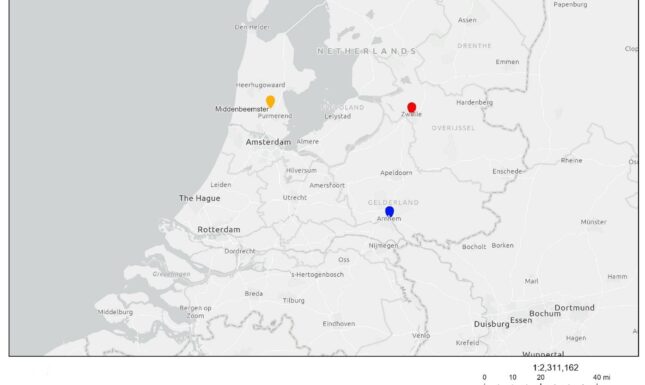

Old graveyards
Included in the study were individuals from the old graveyard to the North of the St. Eusebiuskerk in Arnhem, the Keyserkerk graveyard in Middenbeemster, and individuals buried inside the Boerenkerk in Zwolle. The individuals from Arnhem lived in a rapidly urbanising environment and their burial location to suggests that they belonged to the lower social class. Most of them were probably poor and worked in the early factories in the town. The Middenbeemster individuals had much more diverse backgrounds, as there was only one graveyard servicing the entire rural community. It is likely that many of them were involved in dairy farming and agriculture, or in a cottage industry like textile production. The individuals from Zwolle enjoyed middle to upper-middle class lives. Many individuals from this site were identified through grave markers and church records, and shown to have been merchants, municipal employees, investors, and the like.
Gripping
There are many approaches to studying past activity through entheseal changes. Usually, they involve comparing individual muscle attachment sites to each other. These approaches can be lacking because muscles rarely act by themselves, especially in such a complex structure as the hand. For example, try gripping a full cup of water with your entire hand. Did you notice that there’s even a muscle in your forearm that flexes?
Gripping is quite complex, but it can be roughly divided into two groups. First, there are precision grips, where something is held between the thumb and the other fingers, such as a pen. Then there are grips where all fingers clasp around an object and press it against the palm of the hand, such as our example above. These fall into the other category and are called power grips. The two types of grips tend to activate different hand muscles, which leaves different activity patterns on the hand.
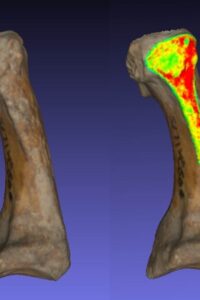
VERA
In my research I have employed a new methodology called VERA (“Validated Entheses-based Reconstruction of Activity”). This method makes use of these different multi-muscle patterns. Using 3D scans of bones, it is possible to precisely identify entheses and calculate their exact surface size. Using multivariate statistics, principal component analysis (PCA) in this case, we can then examine multiple muscle attachment sites together and find patterns in the muscles that are associated with each other. When studying hand muscles, it is possible to determine what kind of grip type people mostly used during their lives because the associated muscle patterns will be visible through the analysis.
The results of my research show interesting differences. The PCA groups individuals who mainly used power grips to the bottom of the graph, and those who used precision grips towards the top. From this, it’s very clear that a lot of the individuals from Arnhem performed power grips regularly, while the individuals from Zwolle spent most of their lives doing things that involved precision grips. Middenbeemster is somewhere in the middle, with a lot of individuals falling more into the precision grips category, than in the power grip category. This suggests that many of the individuals from Arnhem indeed worked hard manual jobs. Those that show precision grips could have been employed as shoemakers or in the tobacco production where they would have cut tobacco leaves. The wealthier individuals from Zwolle mainly performed jobs that required precision tasks such as writing, with a few falling just into the lower half of the graph. It could be that these individuals were merchants or expert craftspeople whose daily lives involved more varied tasks. From Middenbeemster, there are clearly some people that performed hard manual labour, likely dairy farmers, though they are in the minority. Church records from Middenbeemster also name tailors, saddle makers, innkeepers, and preachers among the interred. It is possible that the selected sample happened to skew towards those professions by chance.
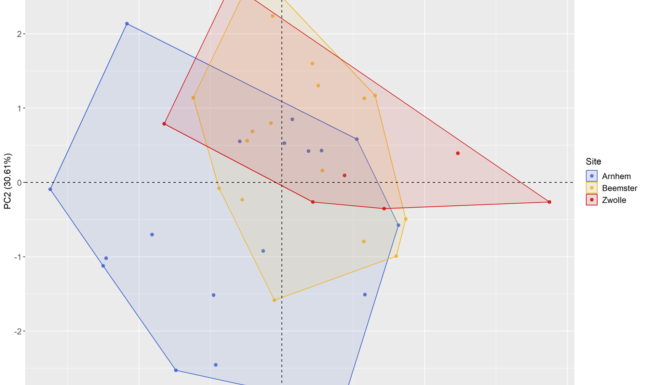

Divisions of labour
Of course, it is possible that some of the individuals in this study never worked in the traditional sense. The three individuals at the very top of the graph suggest that, irrespective of their socio-economic background, some individuals did simply not take part in any hard manual labour. It could be that they were unable to, due to long-term illness or disability. This would have led them to lead vastly different lives, given their different backgrounds. Some might have received care from family, while others would have had to get by on poor relief or begging.
My research paints a picture of just how different people’s daily lives and activities in these three communities were. Further investigations could show additional aspects, such as the roles or younger and older individuals, or division of labour between men and women. Activity studies have great potential to deepen our understanding of people’s lives in the Netherlands during this time of economic change.


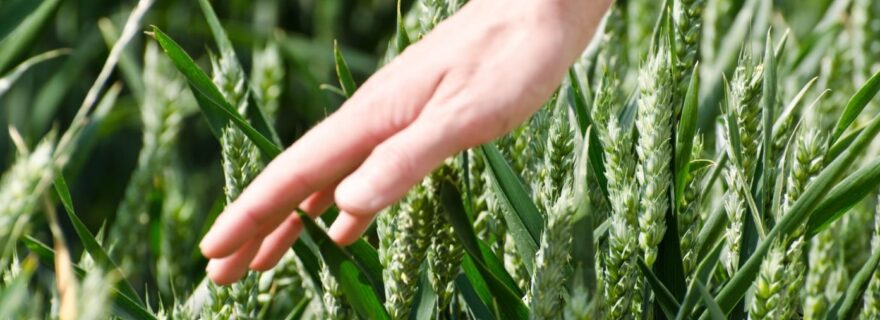
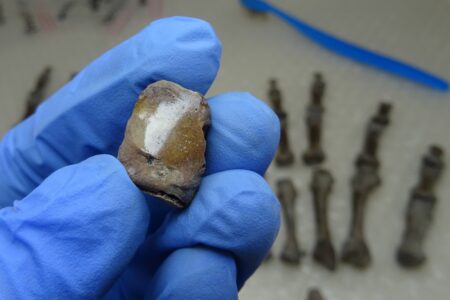

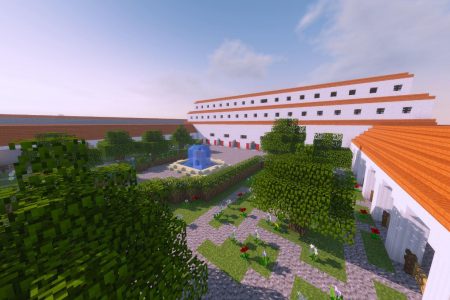
0 Comments